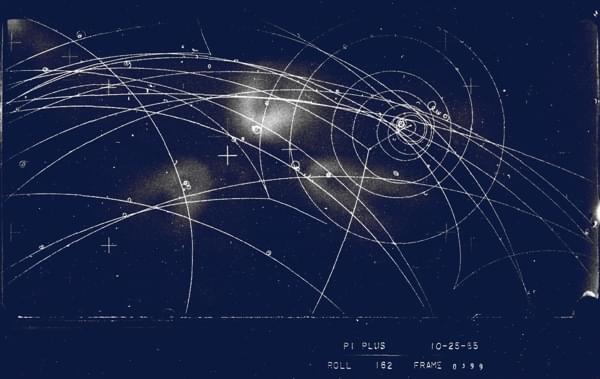
Using new analyses, scientists have just found the last two of the five informational units of DNA and RNA that had yet to be discovered in samples from meteorites. While it is unlikely that DNA could be formed in a meteorite, this discovery demonstrates that these genetic parts are available for delivery and could have contributed to the development of the instructional molecules on early Earth. The discovery, by an international team with NASA researchers, gives more evidence that chemical reactions in asteroids can make some of life’s ingredients, which could have been delivered to ancient Earth by meteorite impacts or perhaps the infall of dust.
All DNA and RNA, which contains the instructions to build and operate every living being on Earth, contains five informational components, called nucleobases. Until now, scientists scouring extraterrestrial samples had only found three of the five. However, a recent analysis by a team of scientists led by Associate Professor Yasuhiro Oba of Hokkaido University, Hokkaido, Japan, identified the final two nucleobases that have eluded scientists.
Nucleobases belong to classes of organic molecules called purines and pyrimidines, which have a wide variety. However, it remains a mystery why more types haven’t been discovered in meteorites so far.


















